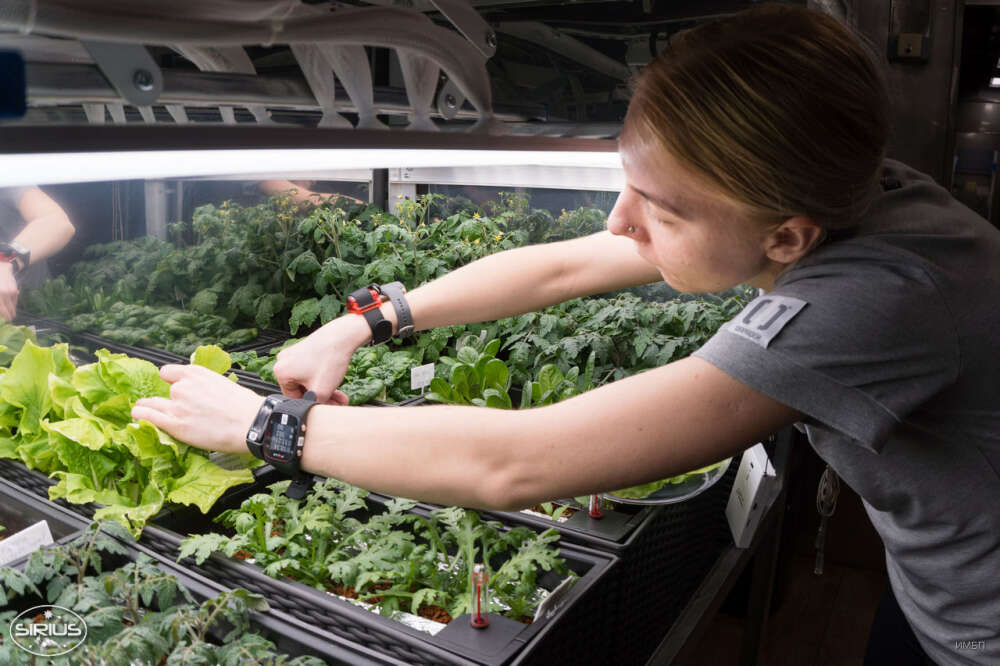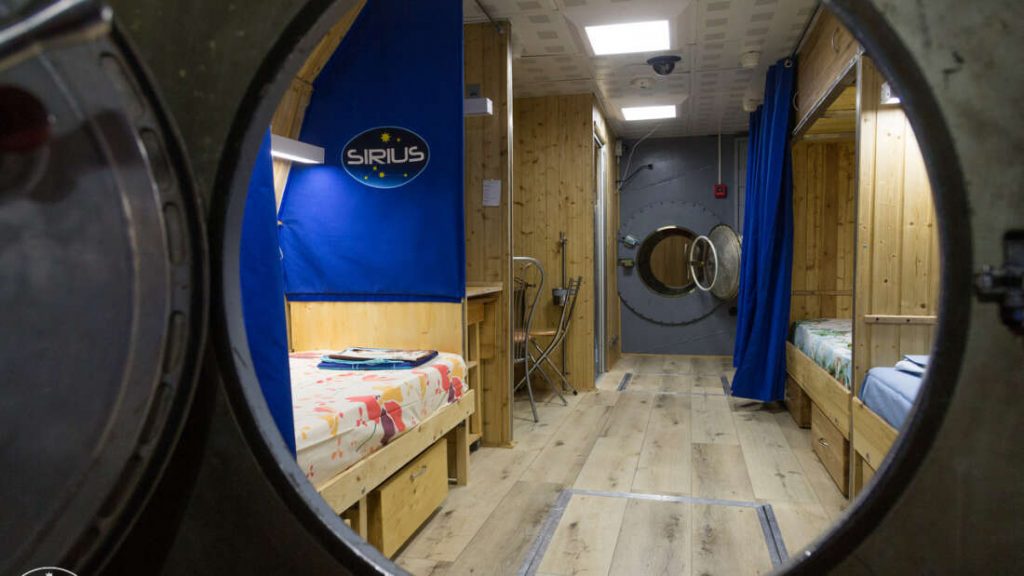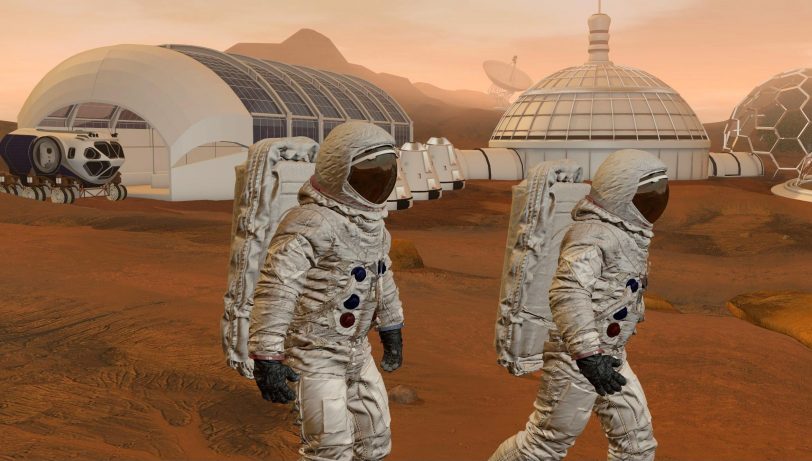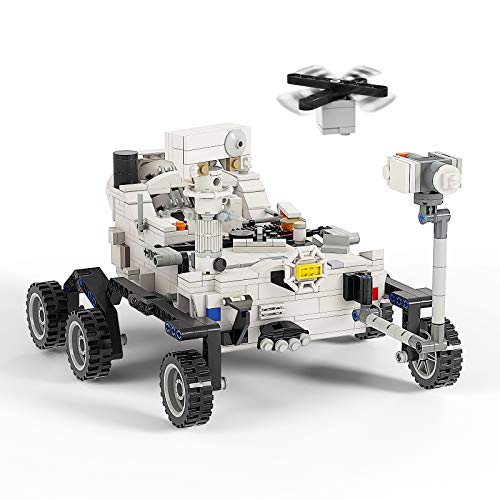It is almost certain that humans will set foot on Mars within our lifetimes. If the modern-day space race between private companies and nations continues, it is not out of the question that we will see a long-term human presence on either the Moon or Mars in that time frame as well, an incredible yet insane concept.
But – and this is a big but – researchers have no idea how a team of astronauts separated from home by nearly 380 million kilometers (236 million miles) would fare in such a scenario. Would they be able to maintain constant communication with Earth and work flawlessly as a team? Or would they devolve into anarchy, cutting off communication with their superiors and establishing an autonomous colony? Russian researchers hope to find out before spending billions on the real thing by putting a group of people in a Mars colonization simulation.
Project SIRIUS (Scientific International Research In Unique Terrestrial Station – yes, they went out of their way to make the acronym cool) is an attempt to understand astronauts’ psychology during long space flights. The results were recently published in Frontiers in Physiology. Seventeen and 120-day isolation experiments were conducted in 2017 and 2019, respectively, to simulate a team isolated in an extraterrestrial environment.
The results confirmed their fears: the delay in communication due to distance, combined with the extended period away from Mother Earth, caused the astronauts to become detached from mission control and almost autonomous.

Previous simulations suggested that once the astronauts embarked on their journey, they would begin to disconnect from mission control, reducing the number of situations on which they would report. To confirm the results of previous simulations, namely the Mars-500 missions, the researchers carried out the two isolations using a mixed-gender, international crew. The missions were designed to assess how well participants communicated with mission control and collaborated to form a successful colony.
They began with a take-off procedure before landing in an inhospitable environment within the training facility’s specialized area. The crew were then locked away in pods together, given minimal rations and supplies, and subjected to the full isolation of the real deal.
The results of the experiments suggested a number of conclusions, some of which were positive, while others were more problematic. At the halfway point of the simulation, which involved the Mars landing, the crew actually increased their communication with the mission control center (MCC), but then became detached, reducing the volume of communication with MCC. They became less reliant on MCC recommendations as they adapted to their mission, becoming more autonomous.

While it is encouraging that the crew was able to take matters into their own hands and live autonomously, the crew’s disconnect from MCC is concerning.
“The negative side is that the mission control loses the possibility to understand the needs and problems of the crew, which consequently hinders mission control’s ability to provide support,” said co-author Dmitry Shved of the Russian Academy of Sciences and the Moscow Aviation Institute, in a statement to CNET.
There was also an intriguing relationship between male and female crew members. Similarly to previous experiments, the women reported problems to the MCC more frequently and expressed their support, while their communication styles were more emotional. Men, on the other hand, were less likely to report to MCC. Surprisingly, by the end of the simulation, both men and women had adapted to each other’s communication styles, forming a similar level of emotion and communication regularity.
Of course, because only 12 people participated in the simulations, it’s possible that differences between groups and individuals are due to individual differences, so generalizations can’t be made until more research is done.
Meanwhile, another Project SIRIUS experiment, involving an 8-month isolation, has begun on November 4th.
READ MORE: Going on Mars – a Tourist Guide





Thank you for the interesting information, but please date your articles. I do not see a date here. Did I miss it?
The internet is a wonderful source of information. Including published dates in website articles makes them more value for people researching. Otherwise, they are as useless as loose pieces of paper you find at the bottom of a drawer.
I managed to guess that this article is rather recent (Nov 2021), only by going to the source link you provided at CNET.
If you are not going to date your articles, then at least please tell me why you would not do so? I see this all too often…
Thanks for the feedback! It is done 🙂
Colonies on extraterrestrial bodies like the Moon or Mars cannot be inhabited by permanent residents. Non-Earth gravity, and high radiation levels, alone, will be sufficient to make this proposition untenable. Combine that with loneliness and isolation and you have a recipe for disaster. Perhaps we will have to learn the hard way. On the other hand, colonies that support crews temporarily are sustainable, provided you have support, emergency help available, and an environment like Earth where crews can rotate from the surface of hostile planets. The only feasible solution to living and working long-term in space is the construction of large, Earth-like habitats, much like those envisioned by Princeton physicist Gerard K. O’Neill. On these habitats there can be hundreds, thousands, even tens of thousands of people living and working. This allows for enough population to find shared interests, new people to meet, and a vibrant social environment–things necessary for human beings to maintain positive attitudes and mental stability.
“Non-Earth gravity, and high radiation levels, alone, will be sufficient to make this proposition untenable.”
we can provide ample shielding for would be “Marsaunauts”. the gravity … thats another story … we actually have ZERO idea how this would play out. so far we know that micro gravity results in bone and muscle mass reduction(including in the hart.) but we actually have no idea how bad or insignificant it would be on mars for long periods. ( ie more than a 1 year)
the only way to know for sure would be to go there . we could alternatively make a bigger space station with a rotating section in simulated gravity to see how it works out and give us some hints and better information on rates of decay health wise. maybe only little gravity is necessary just like very near earth gravity could be necessary…
Why are we so intent on going to a planet that offers nothing but wasted billions of dollars, money that could be better spent to help solve some of our critical problems on our home planet??? Earth is our island
in a vast universe, the only place we know for sure that life as we know it exists. I will never understand why we have decided to
put life here in perilous jeopardy and try to flee to a unattainable dream🥺.
Here other perspectives. Earth is literally play Russia revolve gun game with many untraced asteroids float in space that could end human race with just state size rock hit Earth. The more we spread out and colonized human multi planets the better chance Human can continue without After Earth becoming inhabited planet.